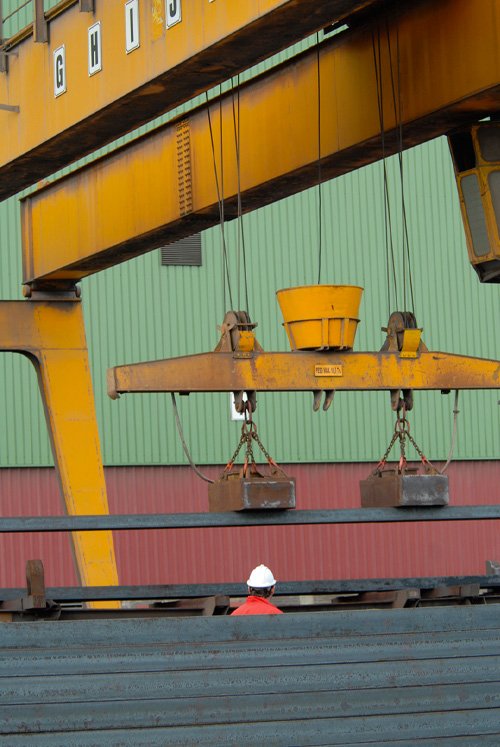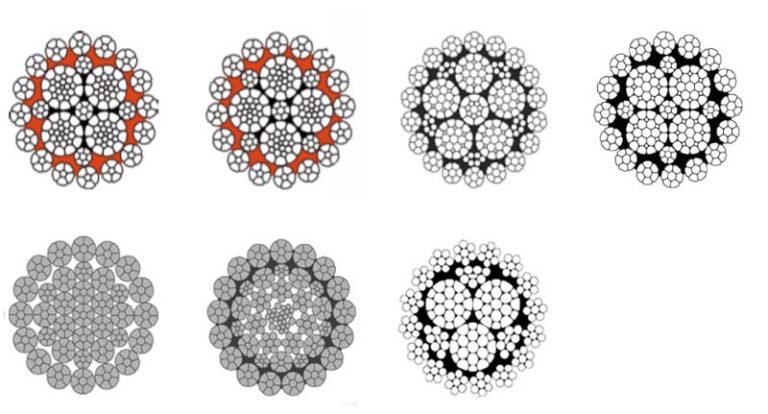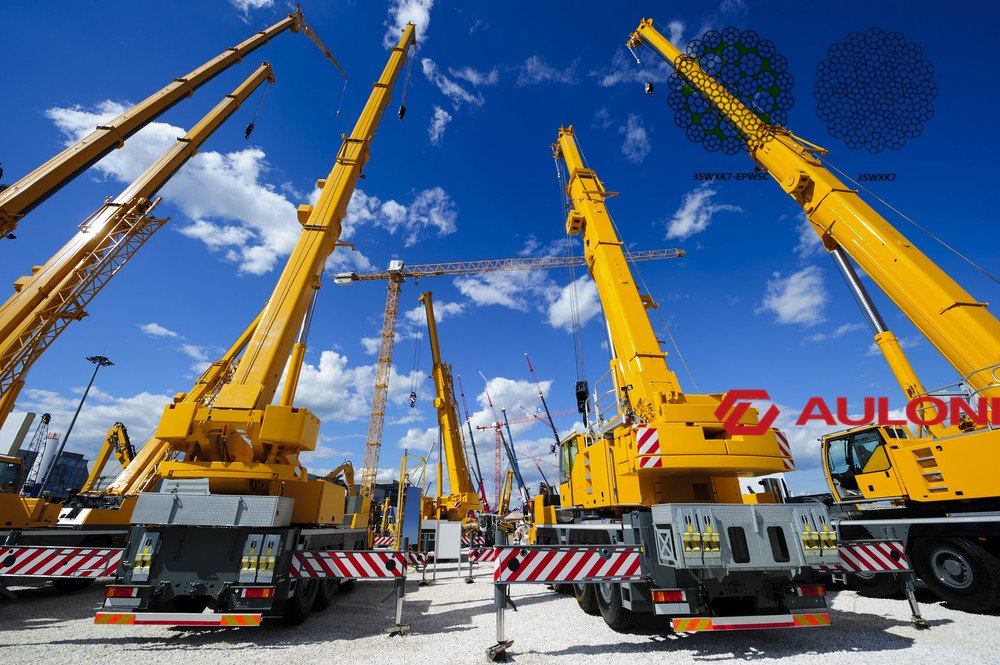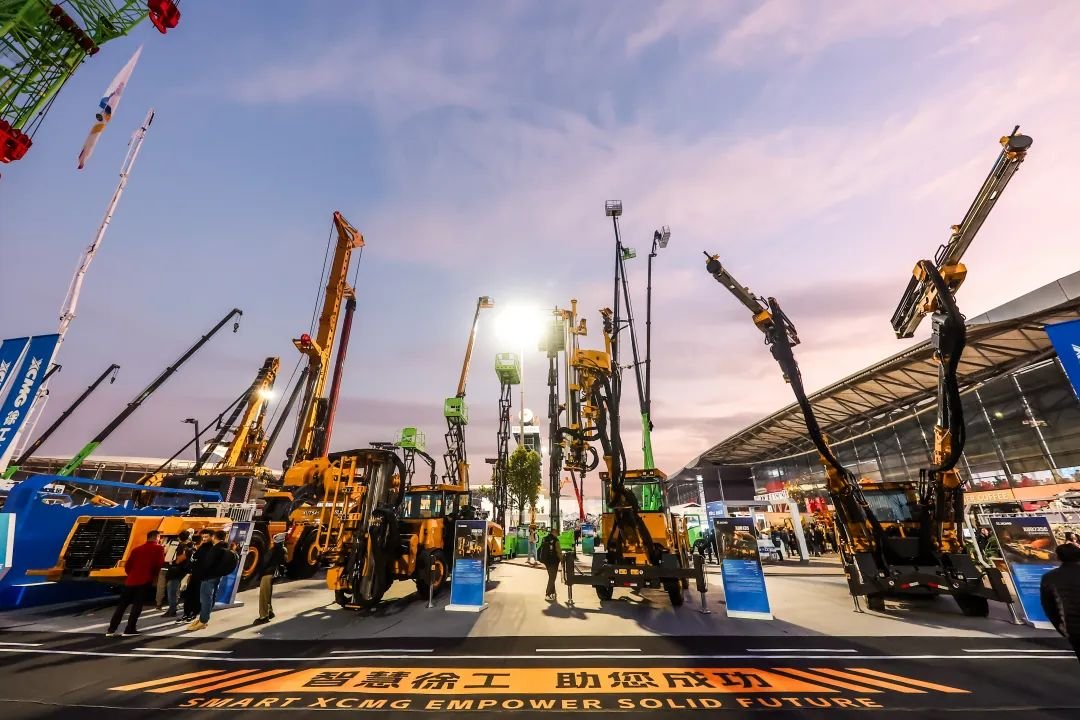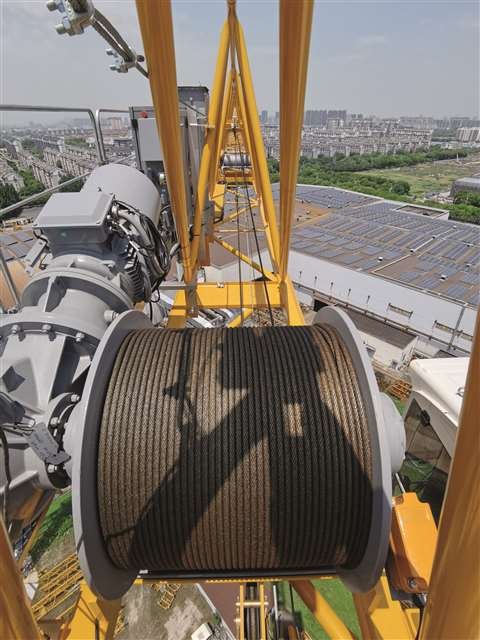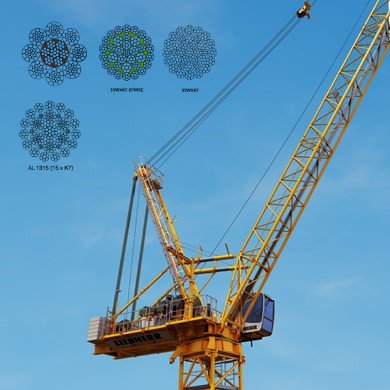A wire rope sling is a lifting device made from wire rope that is formed into a loop or fitted with end attachments. These slings are used in various industries, such as construction, manufacturing, and maritime operations, to lift and move heavy loads.
When we talk about the strength of a wire rope sling, we are generally referring to its load-bearing capacity. There are a few key terms related to this:
- Minimum Breaking Strength (MBS) or Nominal Strength: This is the calculated or tested load at which a new wire rope is expected to break. It’s a theoretical value often provided by manufacturers.
- Working Load Limit (WLL) or Safe Working Load (SWL): This is the maximum load that the sling is designed to lift safely under normal operating conditions. The WLL is always significantly lower than the MBS. It is determined by applying a “safety factor” (or design factor) to the MBS. For example, if a sling has an MBS of 50,000 lbs and a safety factor of 5, its WLL would be 10,000 lbs. The safety factor accounts for variables like wear, dynamic loading, and minor imperfections.
Factors that influence the strength (WLL) of a wire rope sling include:
- Diameter of the wire rope: Generally, a larger diameter means a stronger rope.
- Wire rope construction: The number of strands, the number of wires per strand, and the arrangement of these wires affect strength and flexibility.
- Grade of steel: Higher grades of steel result in stronger ropes.
- Type of termination: How the ends of the sling are formed (e.g., mechanically spliced eyes, hand-spliced eyes, swaged sockets) affects the overall efficiency and strength of the sling assembly.
- Sling angle (for multi-leg slings): When using slings in a bridle (e.g., two-leg or four-leg slings), the angle between the sling legs and the load significantly impacts the tension in each leg. A smaller (more acute) angle increases the tension and reduces the effective lifting capacity.
- Condition of the sling: Wear, corrosion, kinks, broken wires, and other damage will reduce the sling’s strength and its WLL. Regular inspection is crucial.
It’s critical to always use a wire rope sling within its WLL and to consider all factors that might affect its performance and safety. The WLL is typically marked on a tag attached to the sling.

